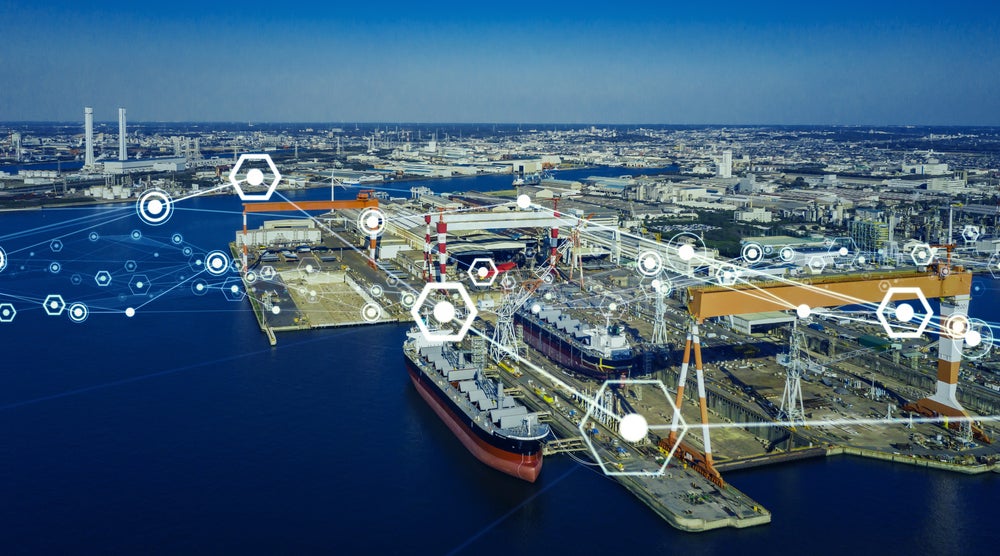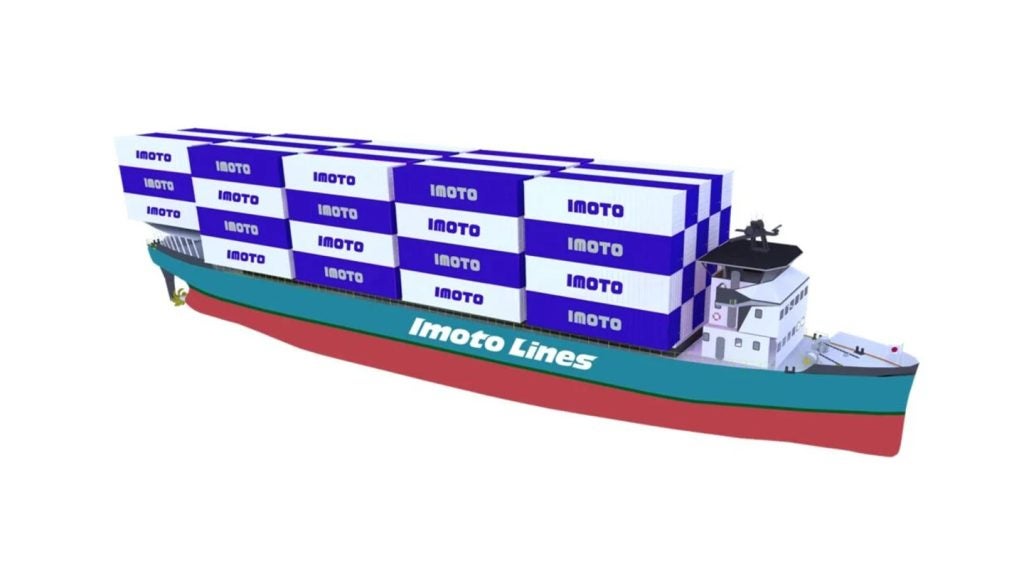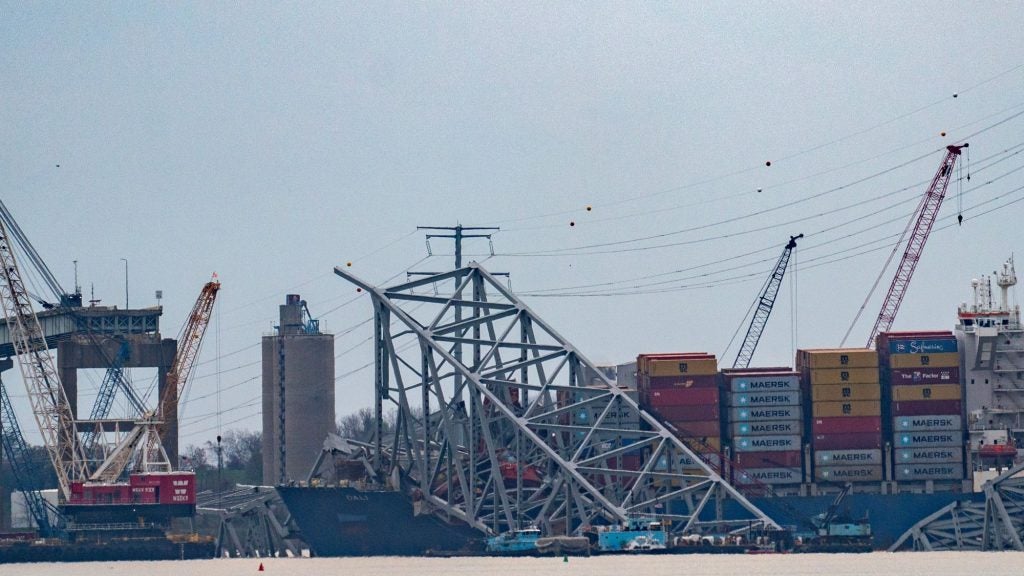The ports of Los Angeles and Long Beach in the US have proposed new plans to reduce greenhouse gas (GHG) emissions from trucks and cargo-handling equipment being used at the port in the new draft of San Pedro Bay Ports' Clean Air Action Plan (CAAP).
The proposals also include expanding programmes that reduce emissions from ships. They focus on freight infrastructure investment, innovation and technology to improve supply chain efficiency and comprehensive energy planning.
It further features proposals to increase advocacy for stricter emissions standards and government incentives to help pay for projects that improve testing and commercialisation of zero and near-zero emission vehicles.
Los Angeles mayor Eric Garcetti said: “The Ports of Los Angeles and Long Beach are driving forces of our region’s economy, they should also be models for how we move toward a more sustainable future by balancing growth and environmental stewardship.
“The draft Clean Air Action Plan is an important step in our work to reduce air pollution in our communities, and take action on climate change.
See Also:
“I look forward to working with Mayor Garcia to build on this progress and continue strengthening this plan in the coming months.”
How well do you really know your competitors?
Access the most comprehensive Company Profiles on the market, powered by GlobalData. Save hours of research. Gain competitive edge.

Thank you!
Your download email will arrive shortly
Not ready to buy yet? Download a free sample
We are confident about the unique quality of our Company Profiles. However, we want you to make the most beneficial decision for your business, so we offer a free sample that you can download by submitting the below form
By GlobalDataRecently, the port representatives have unveiled the CAAP 2017 Discussion Document, which is comprised of new concepts under consideration for the third and new iteration of CAAP.
The discussion document focuses on reducing greenhouse gas (GHG) emissions from port-related sources by 80%, below 1990 levels, by 2050.
So far, under CAAP, the ports have reduced diesel particulate matter (DPM) by up to 85%, as well as cutting nitrogen oxides (NOx) in half, eliminating 97% of sulphur oxides (SOx), and reducing GHG by an average of 12%.







